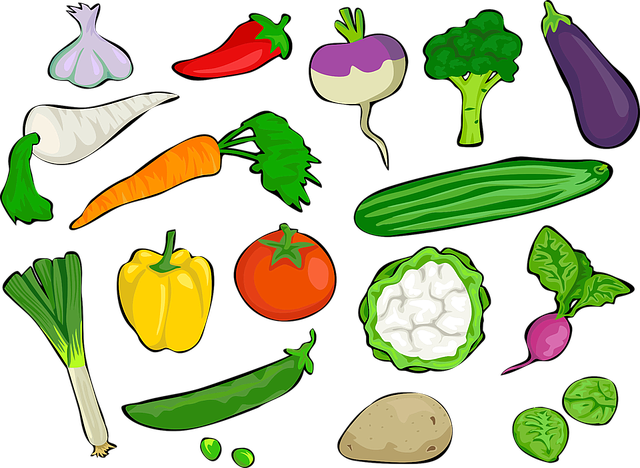How to Start a Farming Business – Tips and Tricks
Businesses have evolved to include farming since the beginning of time. Farmers grow crops and sell them for profit, raising animals for food and other uses, as well as growing plants for juice and other products. Farming is a business that can be started at any time, with little investment. In fact, even though farming is kind of underrated, there are many games focused around it, which is fairly interesting too.
In this article, you will learn how to start your own farming business by following these simple steps:.
What is farming?
Farming is the practice of growing plants, raising animals and gathering feed. It is also the act of producing or gathering food, fiber, or other materials that are grown or made. Farming can be done by a small farmer with just a few acres of land, as well as by large landowners who have thousands of acres under cultivation.
Farming is the oldest industry in the world and has always been reliant on natural resources. The majority of the population still farms for their food and to sell excess crops at market. However, there are many types of farms; some focus on raising livestock for meat production while others produce vegetables, flowers and fruit.
Starting up Your Farm

The first step in starting a farm is deciding whether you want to buy a farm or start out with an existing farm. If you are starting from scratch, you may want to choose a location based on where you feel that the demand for products is high. This can help estimate how much money you will be able to make from farming, which will in turn help decide on what type of business you want to do.
Once you’ve decided where your farm will be located, it’s time to prepare the land. If you’re buying an existing property, there are many steps involved in preparing the land for farming activities like plowing and fertilizing.
After preparing the land, whether by yourself or with help from others, it’s time to work on building structures such as sheds and barns.
The next step is setting up irrigation systems so that plants can grow properly without dying due to lack of water; this includes designing irrigation systems as well as turning on water pumps.

